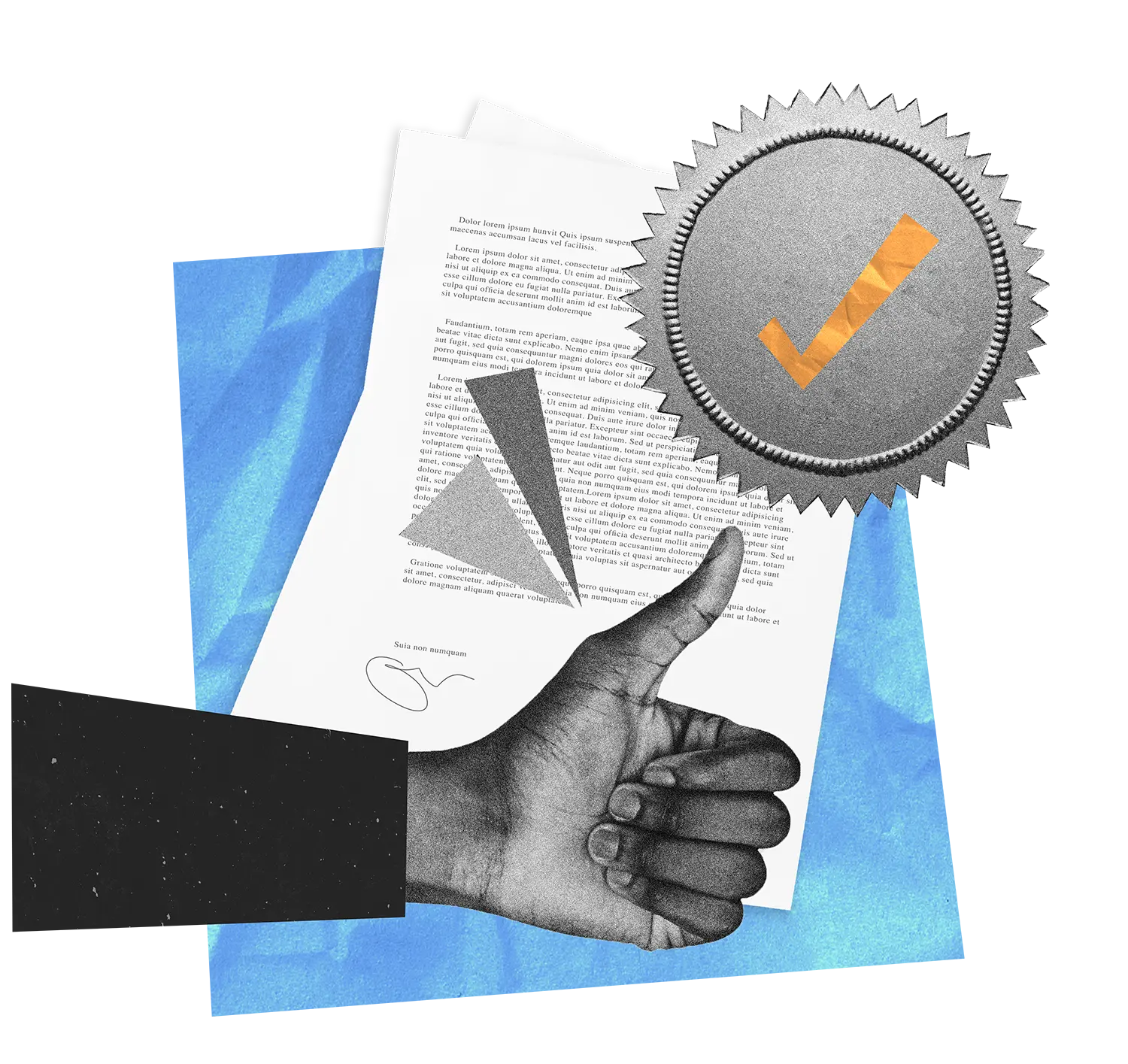About Integrity Pacts: how
Tailoring Integrity Pacts to their context
Integrity Pacts need to be tailored to the country's legal framework and the tender, stakeholders and industry.
The flexibility of Integrity Pacts make them a powerful tool. It also means that there is no off-the-shelf template to apply quickly to any country or context.
Tailoring an Integrity Pact to its specific context greatly enhances its chances of success. The goals are to make it accessible and understandable to all stakeholders and to maximise its impact, efficiency and effectiveness.
An important first step is to review a country or municipality’s legal framework on procurement and anti-corruption/integrity standards. It is helpful to consult with policymakers and lawyers specialised in procurement and anti-corruption compliance in that location.
Key considerations
- Legal framework, including existing whistleblowing channels, sanctions and oversight bodies for procurement;
- Size and structure of the tender;
- Principal actors and their roles (see Main actors);
- Monitoring system (see Role of monitors);
- Industry, particularly if it involves high security or confidentiality (see Industry sectors);
- Country or municipality/region, including whether Integrity Pacts are mandatory, commonly used or a novelty (see Around the world and Regulations and policy);
- Sanctions approach (see Content - sanctions);
- If used in the context of international investment, it must be tailored to the requirements of those investors.











